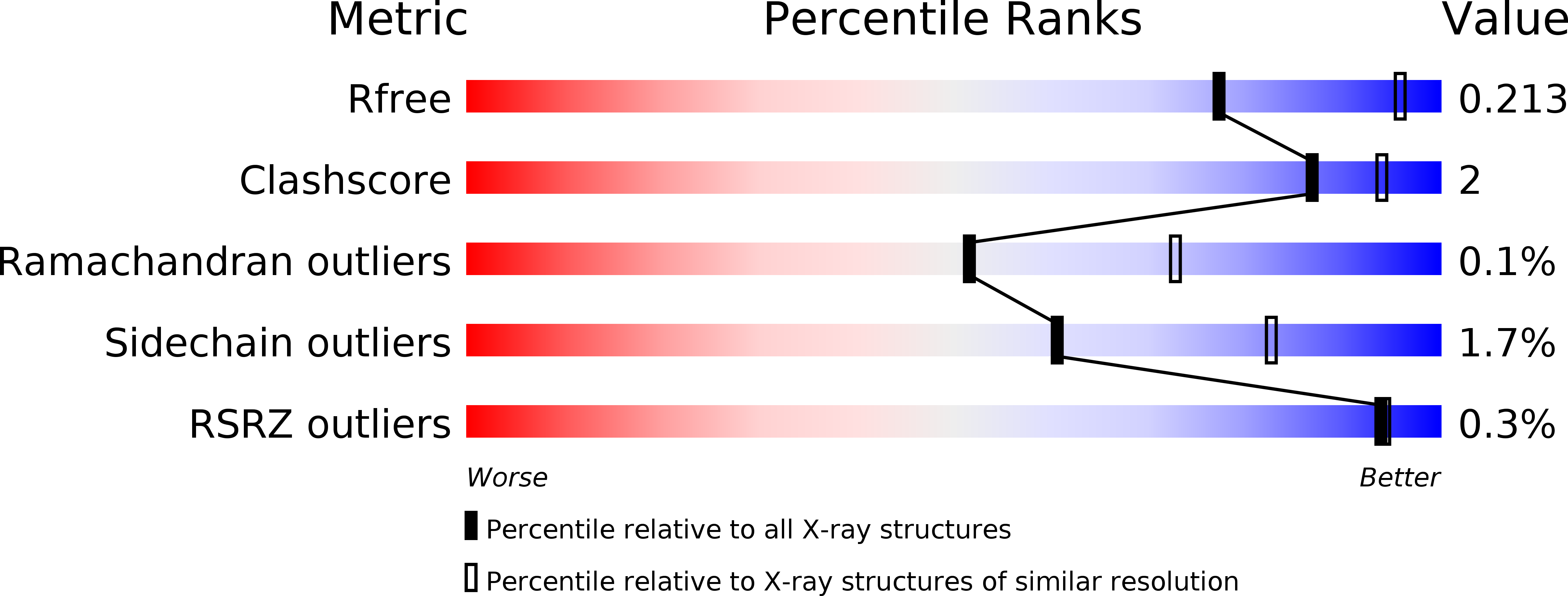
Deposition Date
2010-03-17
Release Date
2010-04-21
Last Version Date
2023-09-20
Entry Detail
PDB ID:
3M81
Keywords:
Title:
Crystal structure of Acetyl xylan esterase (TM0077) from THERMOTOGA MARITIMA at 2.50 A resolution (native apo structure)
Biological Source:
Source Organism:
Thermotoga maritima (Taxon ID: 2336)
Host Organism:
Method Details:
Experimental Method:
Resolution:
2.50 Å
R-Value Free:
0.21
R-Value Work:
0.16
R-Value Observed:
0.16
Space Group:
P 21 21 21


